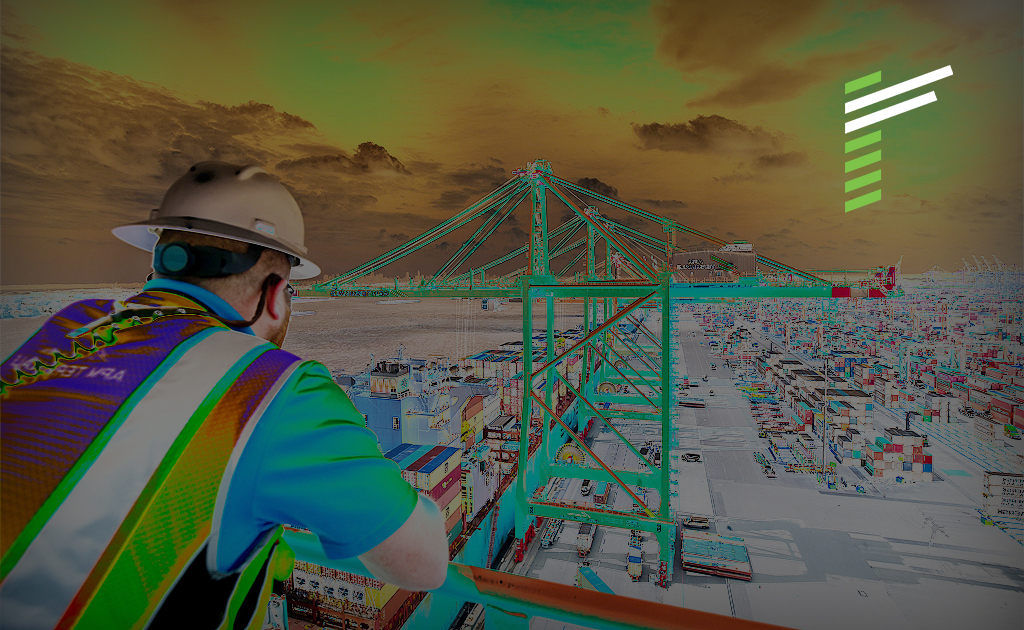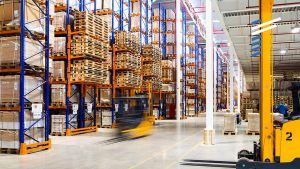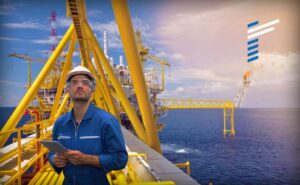KEY RESULTS
4 to 1
ROI
10.7%
Berth productivity improvement
15%
Equipment fault reduction
INTRODUCTION
The Client is the leading port operator in the Pearl River Delta region. It owns interests in world class, deep-water container port assets located in some of the world’s busiest container ports, where it has the resources, facilities and people required to achieve smooth and efficient handling of container cargoes. Hong Kong is the flagship port of the Group with an annual throughput of over 10 million TEU.
THE CHALLENGE
Hong Kong container activity had grown consistently, yet The Client’s operational results were affected by a combination of issues: Shortage of skilled workers, the implementation of the minimum salary, and competition from regional port capacity and other competition.
These changes drove the Client to rethink its operational paradigm away from managing growth to optimising limited resources and customer satisfaction.
ANALYSIS
Renoir carried out an analysis of the operation, which quickly identified that vessel turnaround times were impacted by some firefighting behaviour. Key improvement opportunities included:
- Planning processes
- Operational performance measurement
- Roles & responsibilities
- Guidelines formalisation to ensure sustainable high performance
- Productivity variances review
- Standardisation and recording of maintenance activities
- Schedules for Preventive maintenance
- Supervision of the crews to ensure optimal productivity
PROJECT APPROACH
To achieve the Project objective of a 7% to 10% turn-around time reduction (or Berth productivity increase) and covering the end-to-end operational processes, the project was structured on 3 work streams for 40 weeks:
Operations, Engineering & Customer service
Each work stream was organised around a Management Action Team (MAT) consisting of relevant managers, internal taskforce members and Renoir consultants. Each work stream was responsible for:
- Improving process efficiency and interfaces between departments
- Improving the management control system (MCS) with more accurate & relevant data collection and a systematic performance review for decision making
- Implement short interval controls to minimise the risks of variance
- Changing behaviour through buy in, training and coaching to ensure sustainable results and continuous improvement
“Investors & market analysts have been impressed by the cost reductions, resulting from our efficiency improvements, that has contributed to our margin improvement within a difficult market.”
CEO
IMPLEMENTATION
Operations
Three categories of actions have been implemented in operations:
1. The improvement of the MCS with:
- The formalisation of operational hourly targets per function supported with a performance monitoring process for proactive decision making and completed KPI dashboard.
- The implementation of a comprehensive vessel summary report and systematic review making the operational results per voyage and the non-compliance with the plan visible.
- The data has allowed operational teams to gain insights into root causes to propose actions plans to improve.
2. Process review to maximise its alignment and efficiency:
- The roles and responsibilities in the control tower have been redefined to ensure the balancing of the staff crewing with the actual workload.
- The vessel planning has been formalised through the countdown schedule and integrated within the preparation checklist.
- The planning process per vessel has been revised with a regression model that provides a more accurate estimated time of departure (ETD).
- The berth planning process and the ETD setting process have been aligned to maximise the berth utilisation or Berth Productivity Rate (BPR).
- The Internal Tractors have been organised into segregated pools in the different terminal to reduce the empty trips and increased equipment utilisation and efficiency.
3. Effect behaviour and culture change by:
- Involving all levels of the operational staff to contribute to continuous improvement and ensure ownership of long-term solutions. Reinforce ‘Active Supervision’ by implementing ‘Management by Walkabout’ habits and short interval controls.
- Training of all supervisory & management levels via class-room training, on the floor training and day-to-day coaching.
Engineering
These key initiatives were installed to increase efficiency:
- Improvement of the MCS, with better data availability to enable fact-based decision making. Bottom-up consolidation of key information in Daily/Weekly/Monthly reports & reviews.
The focus was on Fault Analysis and Planned Maintenance Effectiveness control, with several concrete short-, mid- and long-term improvement actions such as revised preventive maintenance content, minimize unplanned jobs, more sustainable corrective maintenance and better control of spares utilisation and replacements.
- Improvement of the manpower productivity based on a better work environment. With the implementation of a 5S methodology the work- shop layout was reviewed, the ‘Work-Packs” for Predictive Maintenance jobs are pre-prepared and completed with ‘Delivery Services’ to reduce the travelling time for regular unplanned jobs. Better access to the tools and spares were facilitated.
- Throughout the project the engineering team, from supervisors to engineers & managers have been trained and coached during workshops and regular reviews, enabling the team to take ownership and to propose and test new solutions.
Commercial
The two main actions conducted in Customer Service Team (CST) were to review key elements driving Shipping Line satisfaction and implement relevant measures among Commercial, Operations, and shipping lines for continuous improvement:
1. The four key elements to address customer service were:
- Speed: Total Port Time including Vessel Waiting Time, Gross Crane Rate, Vessel Operating Rate
- Flexibility: Ability to cater to special requests
- Transparency: Information sharing with customers on operational performance, productivity, special services provided and upcoming development
- Reliability: ETD accuracy, Berth on arrival availability, equipment stability
2. Actions taken, or measures implemented were:
- An improved interface with operations by enforcing an escalation process for emergencies or customer concerned areas. In this way proactive measures can be taken to resolve the issues and better manage customer expectations to minimise customer complaints.
- Identification of extra services provided beyond contractual promises for review and creation of new business opportunities.
- Regular structured and detailed review between CST and shipping lines to realise improvement opportunities that require both parties’ commitment.
- Operational performance improvements and developments are shared with the Commercial team, enabling them to refine their sales pitches and drive business expansion.
KEY RESULT
4 to 1
ROI
10.7%
Berth productivity improvement
15%
Equipment fault reduction
CONCLUSION
The Client’s partnership with Renoir has proven incredibly beneficial, elevating operational efficiency, bolstering customer service, and refining commercial tactics.
This strategic transformation, focused on data-driven decision making, enhanced processes, and behavioral change, has provided the company with a competitive edge in a challenging market.
Through these initiatives, the Client has significantly enhanced its value proposition, laying the groundwork for robust, sustainable growth in the future.










